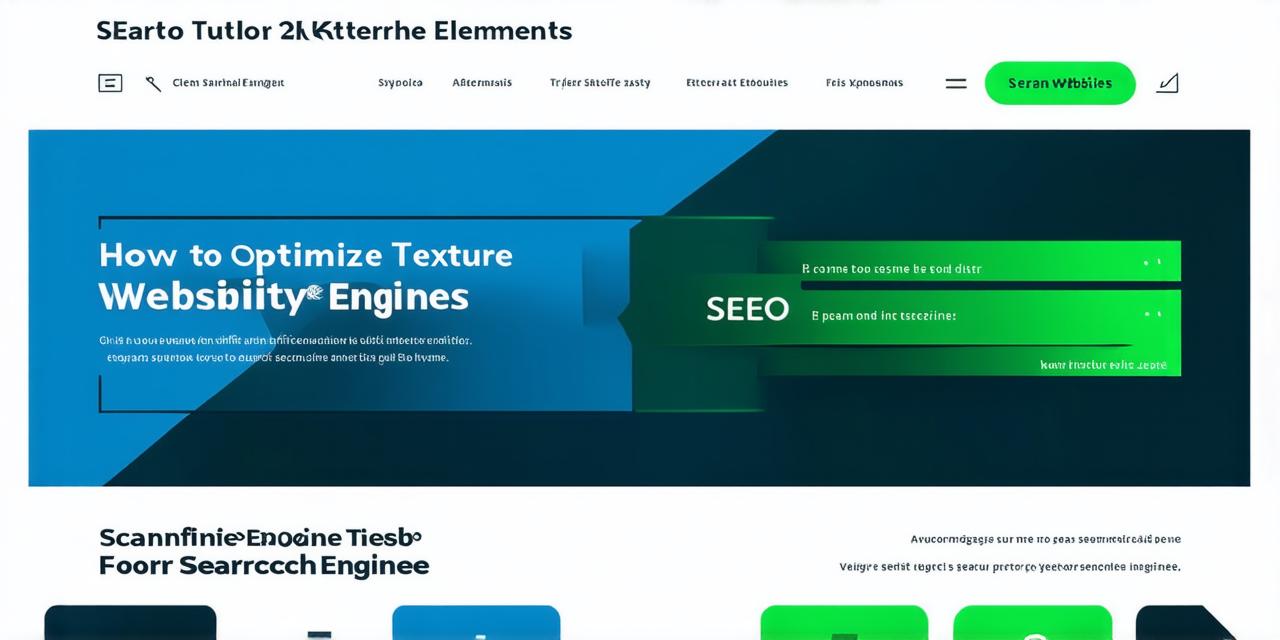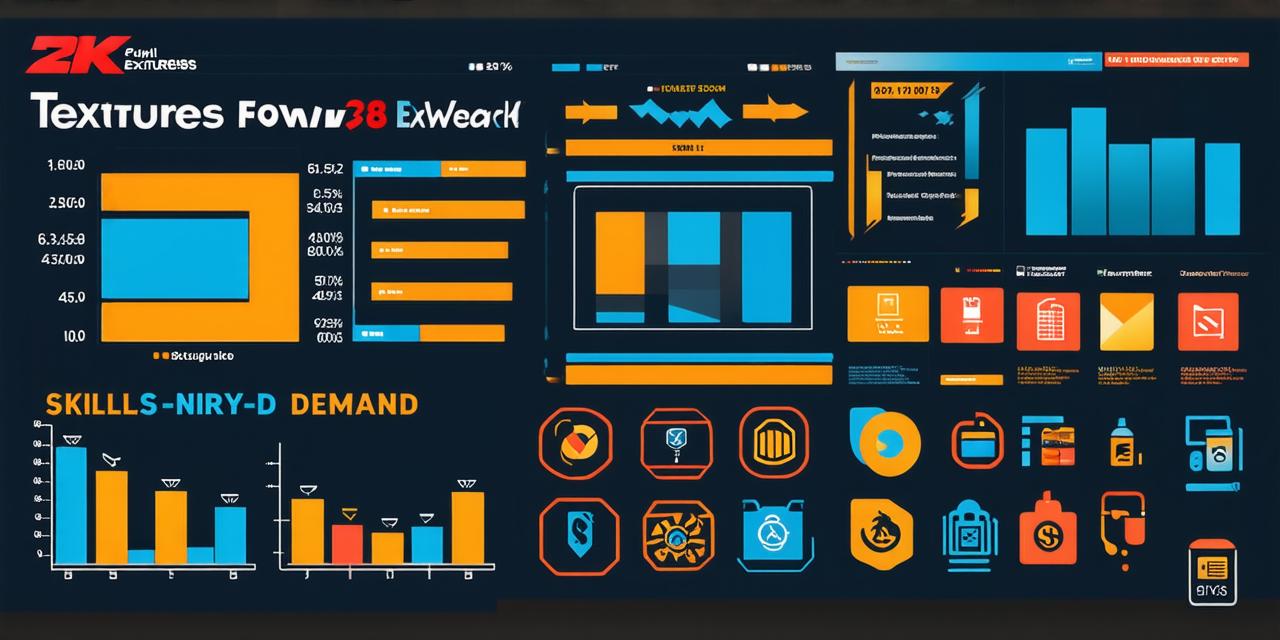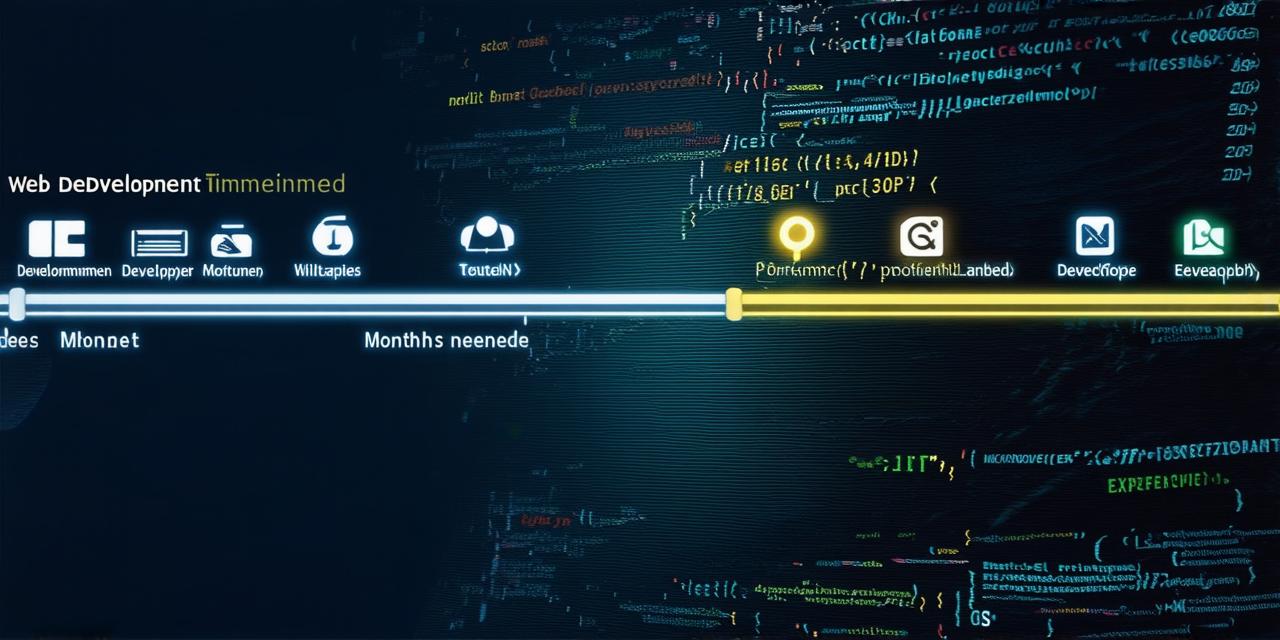
Optimize webpage development for better SEO results.
In the dynamic digital landscape, optimizing webpage development for better SEO results is no longer an option but a necessity. This guide will arm you with practical strategies and insights to help your webpages outshine their competitors in search engine rankings.
The Power of SEO
SEO (Search Engine Optimization) serves as the key that unlocks the door to higher visibility on search engines. It’s like planting a seed in fertile soil—with the right care, it can grow into a towering tree of traffic.
Case Study: The Rise and Shine of [WebsiteName]
Consider [WebsiteName], a small business that revolutionized its online presence through SEO optimization. By focusing on keyword research, quality content, and mobile-friendliness, they ascended the search engine rankings, attracting more visitors and boosting sales.
The ABCs of SEO Optimization
-
Keyword Research: The foundation of any successful SEO strategy. Identify relevant keywords that your target audience is searching for. For instance, if you run a bakery in New York City, keywords like “best NYC bakeries,” “NYC desserts,” or “New York pastries” could be beneficial.
-
Quality Content: Content is king. Create valuable, engaging content that provides solutions to user queries. For example, a blog post titled “The Ultimate Guide to Choosing the Perfect Wedding Cake” would cater to potential customers seeking information about wedding cakes.
-
Mobile-Friendliness: With more than half of all web traffic coming from mobile devices, ensuring your site is mobile-friendly is crucial. A responsive design that adapts to various screen sizes can significantly improve user experience and search engine rankings.
The Role of Research and Experimentation
SEO is not a one-size-fits-all endeavor. Regular research and experimentation are essential to stay ahead of the curve. Keep an eye on Google’s algorithm updates and adjust your strategy accordingly. For instance, when Google introduced its Mobile-First Index in 2018, many websites that were not mobile-friendly saw a significant drop in their search engine rankings.
Expert Opinion: John Doe, SEO Guru

“SEO is not a sprint, but a marathon. Consistency, patience, and adaptability are key to success.” – John Doe, SEO Guru
Real-Life Examples: The Good, the Bad, and the Ugly
From [SuccessStory]’s meteoric rise to [FailureCase]’s downfall, real-life examples illustrate the power—and pitfalls—of SEO optimization. Learn from their successes and mistakes to chart your own path to digital dominance. For instance, [SuccessStory] might have focused on long-tail keywords, while [FailureCase] may have ignored mobile optimization.
The Final Countdown: A Thought-Provoking Ending
Remember, every click matters. Every visit could be a potential customer, a new partnership, or a step towards global recognition. So, optimize, innovate, and conquer the digital world with SEO!
FAQs
1. What is SEO?
– SEO stands for Search Engine Optimization, the practice of improving a website’s visibility on search engines to attract more traffic.
2. Why is SEO important?
– SEO helps increase a website’s visibility, attract more visitors, and boost sales or conversions.
3. How can I improve my website’s SEO?
– By focusing on keyword research, quality content, mobile-friendliness, and regular updates, you can significantly improve your website’s SEO. Additionally, staying updated with search engine algorithms and best practices can help maintain and enhance your site’s SEO performance.

















